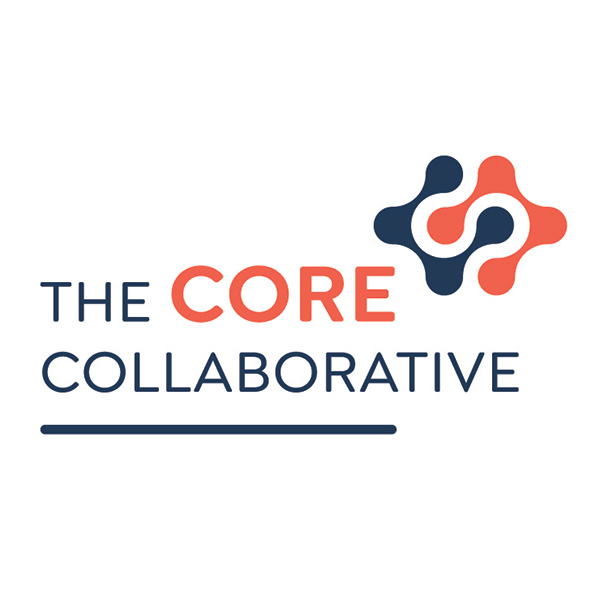Every multilingual learner brings a unique set of linguistic and cultural experiences into the classroom, enriching the learning environment. For these students to thrive academically, they need not only access to content but also clear support for developing the language skills that will help them fully engage. That’s where language objectives and goals come in—they guide multilingual learners in mastering the academic language required to participate in lessons by ensuring that they receive content through reading, observation, and listening and express their understanding of content by communicating confidently through speaking and writing.
Language is not just the medium of instruction; it’s the key to unlocking a world of possibilities for our multilingual learners.
What Are Language Objectives?
Language objectives are specific, measurable goals focused on the language skills needed for students to engage with and succeed in academic content. These objectives should connect to the four domains of language: reading, writing, speaking, and listening. While content objectives focus on what students should know or be able to do in subjects like math, science, or English, language objectives focus on how students will use language to demonstrate their knowledge.
For example, in a math lesson on multiplication, a content objective might be: “Students will multiply two-digit numbers.” A related language objective would focus on how students use language to explain their work: “Students will describe the steps for multiplying two-digit numbers using transition words (first, next, then).”
 Why Are Language Objectives Important?
Why Are Language Objectives Important?
Language objectives are essential for multilingual learners because they ensure that lessons address both content and the academic language needed to engage with that content. By breaking down language into clear, attainable goals, we help multilingual learners develop reading, writing, speaking, and listening skills in ways that are directly connected to the subject matter they are learning. By fostering stronger speaking and listening abilities, as well as encouraging rich, authentic reading and writing experiences, this approach empowers students to participate more fully in engaging, rigorous, and authentic learning experiences.
When teachers focus on all four domains of language, they support a more comprehensive development of communication skills, ensuring that students are not only learning content but are also gaining the language tools needed to receive and share their ideas.
Examples of Language Objectives by Domain
Let’s explore how language objectives can be woven into lessons across all four domains of language. Using standards from both the Common Core State Standards (CCSS) and the Next Generation Science Standards (NGSS), here are examples of how language objectives can support reading, writing, speaking, and listening.
1. Reading Language Objectives
- Math (CCSS 3.OA.A.3 – Solving Word Problems):
Language Objective: Students will identify key information and explain how to solve word problems by underlining important details and describing their approach using sentence starters like “First, I looked for…” or “The problem is asking for…”
- NGSS 5-ESS3-1 (Human Impact on the Environment):
Language Objective: Students will read informational texts about human impacts on the environment and use cause-and-effect language (because due to) to explain relationships between human activity and environmental changes.
- Middle School Math (CCSS 6.EE.B.6 – Using Variables to Represent Numbers):
Language Objective: Students will read algebraic word problems and highlight key terms that indicate mathematical operations, such as “sum,” “difference,” and “product.”
- High School Science (NGSS HS-LS2-1 – Ecosystem Interactions):
Language Objective: Students will read a scientific article about ecosystem interactions and summarize the main ideas using academic vocabulary like “symbiosis,” “predation,” and “mutualism.”
2. Writing Language Objectives
- Math (CCSS 4.NBT.B.4 – Addition and Subtraction):
Language Objective: Students will write an explanation of their addition strategy using math terms such as “place value” and “carry over.”
- NGSS MS-PS3-3 (Energy Transfer):
Language Objective: Students will write a short summary explaining how energy is transferred between objects using academic vocabulary like “transfer,” “heat,” and “kinetic energy.”
- Middle School Science (NGSS MS-ESS3-3 – Human Impact on the Environment):
Language Objective: Students will write a paragraph explaining how human activities affect biodiversity using cause-and-effect structures (e.g., “As a result of deforestation, biodiversity decreases because…”).
- High School Math (CCSS HSA.REI.C.6 – Solving Systems of Equations):
Language Objective: Students will write a step-by-step explanation of how they solved a system of equations, using key math terms such as “substitution,” “elimination,” and “solution.”
3. Speaking Language Objectives
- Math (CCSS 5.NF.B.3 – Interpreting Fractions):
Language Objective: Students will explain how to interpret fractions in word problems using sentence frames like, “The fraction represents…” or “This part of the problem shows…”
- NGSS 3-ESS2-2 (Weather Patterns):
Language Objective: Students will describe weather patterns using comparative language (warmer, cooler, stronger) and appropriate sentence structures.
- Middle School English Language Arts (CCSS SL.7.1 – Collaborative Discussions):
Language Objective: Students will participate in a group discussion about a novel, using sentence starters like “I agree with [peer’s name] because…” or “In my opinion, the author is trying to show…”
- High School Science (NGSS HS-PS1-2 – Chemical Reactions):
Language Objective: Students will explain the steps of a lab experiment to a partner, using transition words like “first,” “next,” and “finally” to organize their thoughts.
4. Listening Language Obejctives
- Math (CCSS 2.MD.A.1 – Measure and Estimate Lengths):
Language Objective: Students will listen to a peer’s explanation of how they measured an object and respond by paraphrasing their peer’s method (e.g., “So you measured the object by…?”).
- NGSS 4-LS1-1 (Structure and Function in Animals):
Language Objective: Students will listen to a video about animal adaptations and identify key facts by completing a listening guide.
- Middle School Math (CCSS 7.RP.A.2 – Proportional Relationships):
Language Objective: Students will listen to a peer explain how to solve a ratio problem and ask clarifying questions using phrases like, “Could you explain how you…?” or “What do you mean by…?”
- High School History (CCSS RH.11-12.3 – Analyzing Historical Events):
Language Objective: Students will listen to a lecture on historical events and take notes, identifying key facts and summarizing the causes and effects discussed.
Why These Connections Matter
By connecting language objectives to the domains of reading, writing, speaking, and listening, we help multilingual learners build the full range of language skills they need to succeed in school. These objectives are not separate from content learning—they are deeply connected. For example, when a student learns to explain their math strategy in writing, they’re not only learning math; they’re also developing academic writing skills that will serve them in all subjects.
Let’s Open Doors Together
Language objectives are a powerful way to support multilingual learners in every lesson. They ensure that students are building essential language skills alongside academic knowledge. When teachers make language goals explicit and connect them to the key domains of reading, writing, speaking, and listening, they empower students to become confident communicators.
In classrooms that value both content and language development, every student’s voice is heard, and every learner has the opportunity to shine. Language is not just the medium of instruction; it’s the key to unlocking a world of possibilities for our multilingual learners. Let’s open that door together!



